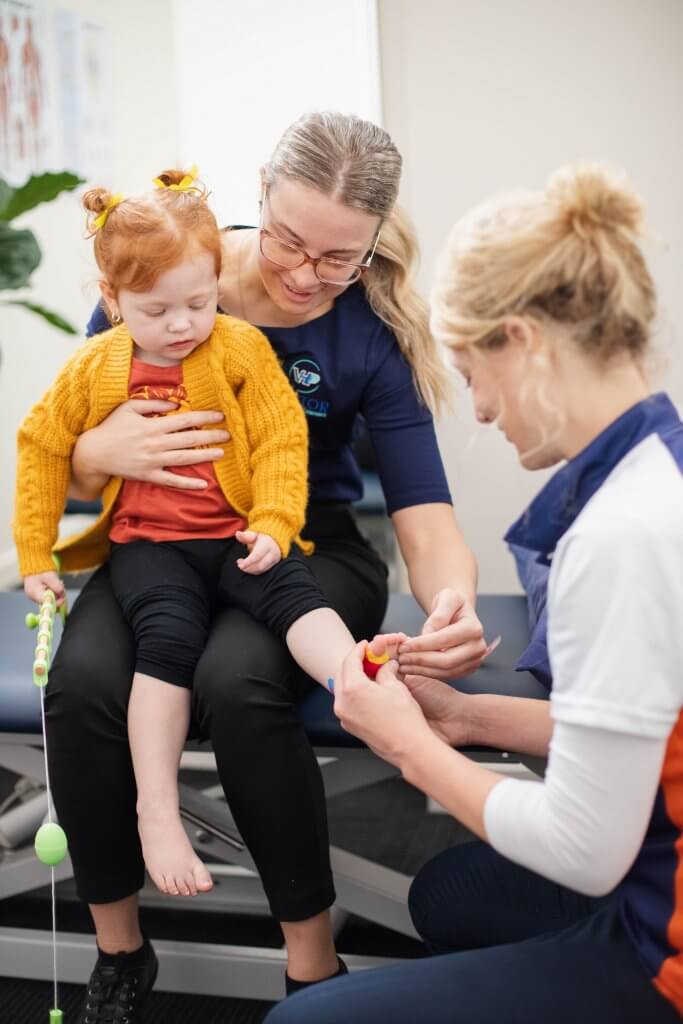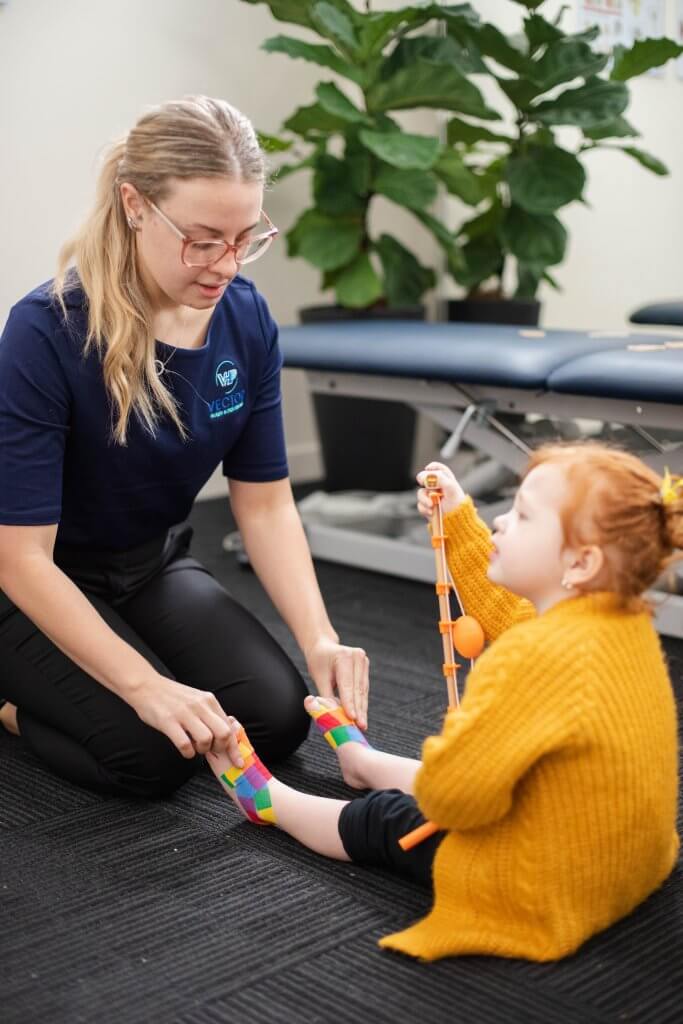How physio can help your children’s feet!
Has your little one ever complained about pain, aching, soreness or heavy legs or hips, especially at the days end?
Have you ever noticed that your child tends to be a bit clumsy and find themselves tripping over their own feet?
Have you noticed that your child’s ankles or feet are stiff when trying to put their shoes on?
Does your child tend to walk on their tippy-toes?
Have you noticed your child likes to stand with their feet turned inwards or outwards?
Is your little one having any trouble walking or running?
If you have answered “Yes” to any of the above, your child may benefit from physiotherapy assessment and treatment. An initial assessment is conducted with one of our physiotherapists who will assess your child’s feet, muscle strength, posture (both body and foot posture), walking pattern and current symptoms in order to tailor an individualised physiotherapy treatment program that may be focused on:
- Stretching to lengthen tight muscles in the leg and foot
- Fun and enjoyable activities and play for your child to help strengthen the muscles in the foot and the leg
- Disguised exercises to strengthen the abdominal and hip muscles
- Balance and proprioception training
- Promoting functional and recreational activities
- Advice on footwear, insoles or orthotics to help position the foot better when walking and running


Promoting the development of your child’s feet and legs
Barefoot is best while your little one is learning to stand, and weight bear through their feet and legs. To promote great development in you child’s feet and legs, let your child spend lots of time barefoot and encourage:
- Climbing
- Walking on sand and grass
- Manoeuvring obstacles on their hands and feet
- Walking up and down slopes
Buying Children’s Shoes
It is best for children to establish standing and walking barefoot. This encourages appropriate balance, posture, co-ordination, strength and walking pattern in your toddlers.
However, once walking has been established and practised for approximately 1 month (at the least), your child may be ready to wear shoes. The following guidelines should be considered when buying your little one the first pair of walking shoes:
• There should be enough room to wiggle their toes freely
• There should be a gap of about half a finger width between the end of the longest toe and the tip of the shoe
• A shoe with a straight inner border and a rounded shape at the toes is best
• The shoe should provide firm support to the back of the foot to stop the heel from sliding or slipping
• The sole should be flexible enough to bend under the ball of the foot
• Lace tie-ups or straps should hold the shoe firmly to the foot
Wanting to have your child’s feet looked at? Book an appointment with us below and we can answer your questions!
